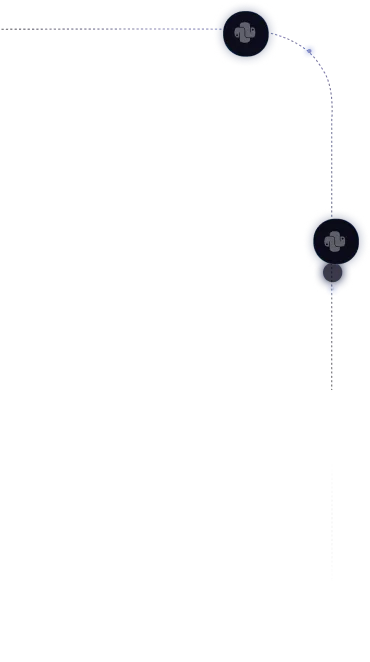
The recent NPM supply chain attack was a wake-up call for the entire software industry. Hackers managed to slip malicious code into widely used open-source libraries. Within hours, those “bad blocks” were downloaded billions of times and silently built into applications around the globe.
Most organizations didn’t even realize it — the bad blocks were already part of their foundation.
The Lego Problem in Modern Software
Think of modern software like a Lego tower.
- Instead of making every Lego block yourself, you borrow pieces from others. This makes building faster.
- But what happens when someone slips in a fake Lego block? It looks fine, but it’s cracked inside.
- You use it in your tower, and suddenly the whole structure is unstable.
That’s exactly what happened during the NPM attack. Developers unknowingly built on bad blocks, and the cracks spread everywhere.
Why This Was a Wake-Up Call
- Critical blocks were poisoned: The attack hit foundational libraries like chalk and debug, used in millions of applications.
- The damage was hidden: Even if a company didn’t add the fake block directly, it could still sneak in through chains of borrowed blocks.
- One small breach, global impact: Hackers only needed to compromise one maintainer’s account to poison blocks used across industries.
It proved that software towers are only as strong as the weakest block we trust.
The Hard Truth About the Lego Supply Chain
Today’s Lego towers (applications) aren’t built from a few simple pieces. They’re assembled from hundreds of small, borrowed blocks.
- Deep chains of dependency – one block pulls in many others, making it hard to know what’s really in your tower.
- Blind trust – if a block is in the public Lego bucket (like NPM), most builders assume it’s safe.
- Fast spread – automated pipelines grab the newest blocks instantly. One bad block can spread across thousands of towers before anyone notices.
Hackers don’t need to attack your tower directly. They just need to poison one block in the shared bucket and let the damage ripple outward.
What Can Be Done?
Companies can’t stop using shared Lego blocks — that’s how towers get built today. But they can make their towers safer by:
- Tracking every block Keep a clear inventory (SBOM) of every Lego block in your tower. Without it, you won’t know if a cracked block is already inside.
- Freezing block versions Don’t blindly grab every new block from the bucket. Freeze versions and test upgrades before swapping them in.
- Inspecting blocks regularly Run scanners to check for cracks or tampering. Remember: one bad block can weaken a tower in hours, not weeks.
- Starting from a safe base Many towers are built on bloated Lego bases full of extra, unused parts. These extras just give attackers more places to hide. A minimal, verified base ensures your foundation is clean before you add anything else.
CleanStart Images: Building on a Clean, Secure Base
This is where CleanStart images come in.
- Minimal – Only the blocks you truly need, no extras.
- Verified and Trusted – Every base follows SLSA standards for authenticity, with a signed image that proves the source and integrity of every component.
- Hardened – Designed with read-only filesystems and non-root defaults to stop cracked blocks from spreading.
- Continuously refreshed – Regularly checked and updated, so you’re not building on old or weakened parts.
The Real Lesson
The NPM attack wasn’t just a one-time event. It was a warning: attackers don’t need to target companies directly. They can compromise a single shared block and impact thousands of towers at once.
The next wave could be bigger, faster, and more destructive.
That’s why starting with a trusted, clean baseplate is no longer optional. CleanStart images give organizations the chance to reduce risk, shrink their attack surface, and build towers that stay strong — even when cracks appear in the wider Lego pile.
Conclusion
You can’t control every Lego block in the world. But you can control the base you build on. With CleanStart, you’re not stacking towers on shaky ground — you’re building on a foundation designed for strength, security, and resilience.

.svg)

.png)



.webp)
.webp)
.webp)


.webp)
.webp)
.webp)







%20(1).png)



